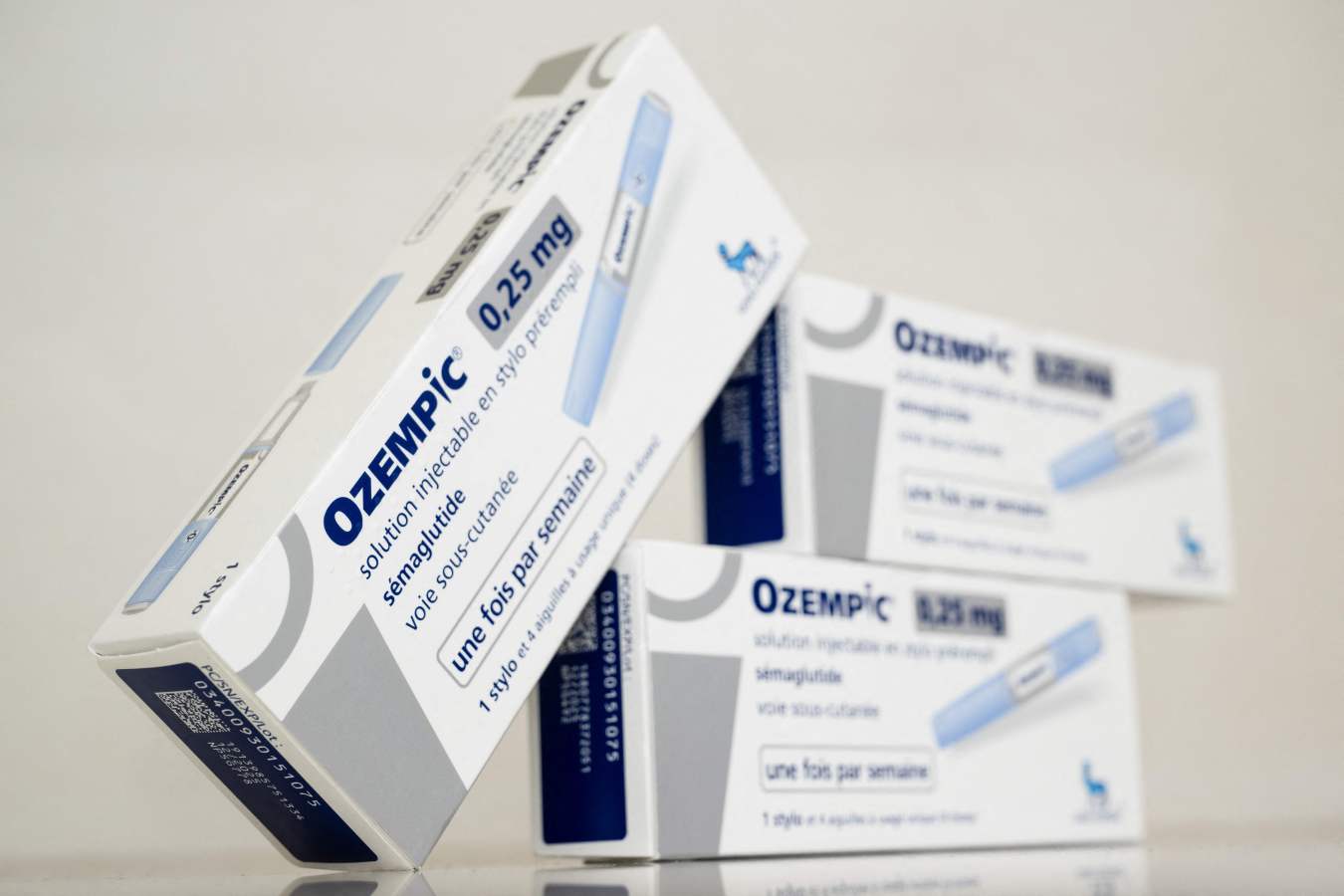People who use Ozempic or Wegovy for treating obesity or Type 2 diabetes may have an increased risk of developing a rare form of blindness, according to a study published Wednesday in the journal JAMA Ophthalmology, which Novo Nordisk has criticised for being insufficient.

Novo Nordisk criticized the research, saying it had insufficient evidence linking semaglutide to the disorder.
NurPhoto via Getty Images
Key Facts
- A study of nearly 1,700 patients who either used semaglutide—the active ingredient in Ozempic and Wegovy—or another drug for treating Type 2 diabetes or obesity found a possible link between semaglutide and nonarteritic anterior ischemic optic neuropathy (NAION), researchers said.
- Semaglutide is associated with a four times higher risk of NAION when used for treating Type 2 diabetes and a seven times higher risk when used for obesity, according to the study.
- Among the 710 patients with Type 2 diabetes, the rate of developing NAION was 8.9% for those taking semaglutide, compared to 1.8% for patients taking other medications.
- Patients who were prescribed semaglutide for weight loss treatment developed NAION at a rate of 6.7%, while patients taking other medications had a rate of 0.8%.
Chief Critic
Novo Nordisk said in a statement the study lacked sufficient data to establish an association between semaglutide and NAION, adding the disorder is “not an adverse drug reaction” for publicly available forms of the drug. The Danish pharmaceutical firm also said the study’s design was limited as it was not conducted as a randomized controlled trial, in which patients are randomly assigned to one or two groups before being compared to a control group.
Tangent
NAION is a rare form of blindness that largely affects older adults, according to the American Academy of Ophthalmology. NAION occurs from a lack of sufficient blood flow to the eye’s optic nerve, which connects the brain to the eye. The disorder is found in about 10 in every 100,000 people older than 50 in the U.S., and people with cardiovascular disease, diabetes, obstructive sleep apnea or high cholesterol have an increased risk.
Key Background
Researchers have studied the possible risks associated with Ozempic, Wegovy and other similar drugs as they’ve increased in popularity. A study published last month suggested the drugs could result in reduced hip and spine bone mineral density when used without exercise, adding to concerns patients could lose muscle mass while taking GLP-1 drugs for weight loss. Both the Food and Drug Administration and European medical officials have also denied claims Ozempic could result in an increased risk of suicidal thoughts. The FDA has said it was evaluating other possible side effects for the drug, including hair loss and aspiration, while some complaints suggest it could cause digestive issues like stomach paralysis, pancreatitis and bowel obstructions.
This article first appeared on forbes.com.
Are you – or is someone you know -creating the next Afterpay or Canva? Nominations are open for Forbes Australia’s first 30 under 30 list. Entries close midnight, July 15, 2024.
Look back on the week that was with hand-picked articles from Australia and around the world. Sign up to the Forbes Australia newsletter hereor become a member here.

